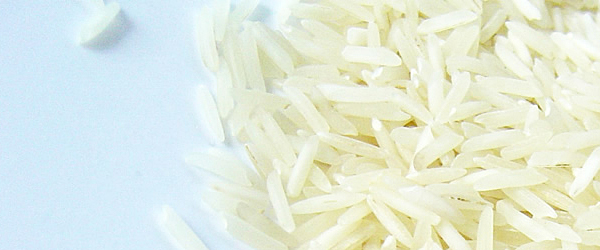
The rest, ice, compression, and elevation (RICE) regimen sucks, at least the standard “R” and “I” portions. I will tell you why and give you an alternative.
We all work very hard in training to become better athletes. However, as soon as there is a problem, we get scared and lazy about rehabilitation. We work hard to improve our performance so we should also work hard at rehabilitating an injury. By correctly implementing the methods that I suggest, injuries will heal in days or weeks instead of weeks and months. It requires work. But why wouldn’t we work as hard or even harder to get better then we would to improve our performance?
With an injury, the first thing to do is very gentle, non-ballistic, moving stretches. Specific Stretching for Everyone

lists stretches and movements for each joint and describes how to do them. After going through the protocol specific to the injury, move on to ice.
Typical icing involves setting a bag of ice or an ice pack on your leg while you watch Roseanne reruns on Nick at Night. This is not my idea of optimal recovery from an injury. Instead of the ice pack, I’m more inclined to use an ice cup. Take a Styrofoam cup, fill it with water, and freeze it (it works best if these are ready in advance). Take the cup out of the freezer, peel part of the cup away, and rub it in a circular motion to the affected area. Do this for 7–10 minutes. Make sure you keep the ice moving. By the end of the time, the area will feel numb.
This is the perfect time for the movement portion of the regimen. You can alternate between the ice, the movement, and the stretching 2–4 times a day with a few hours between sessions. The recovery time for your injury should be significantly less than with the conventional RICE application.
Resting means less circulation to the injury. Circulation clears waste and brings nutrition and oxygen to the injured area as well. Resting will also lead to atrophy and a loss of overall conditioning unless you’re training around your injury.
I suggest doing very light, isolation movements (1–10 lbs depending on the size of the injured muscle) instead of resting an injury. Specific movements can be found in Active Isolated Strengthening

. Movement creates circulation, which in turn clears waste and brings nutrition and oxygen to the area. This applies to sprains, strains, and possibly minor tears. Move the effected joint through its normal range of motion with up to three sets of ten with no resistance. For example, if your hamstring is pulled, do leg curls or hip extensions with ten pounds or your body weight.
RICE has evolved to MICE (movement, ice, circulation, and elevation)…survival of the fittest!








